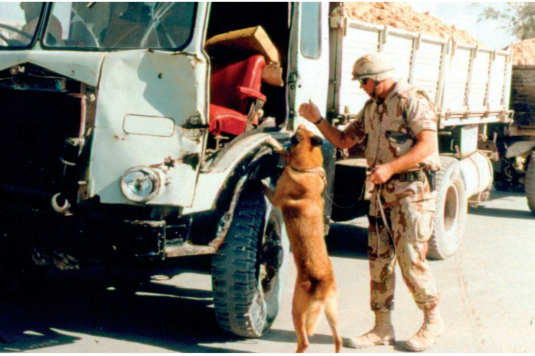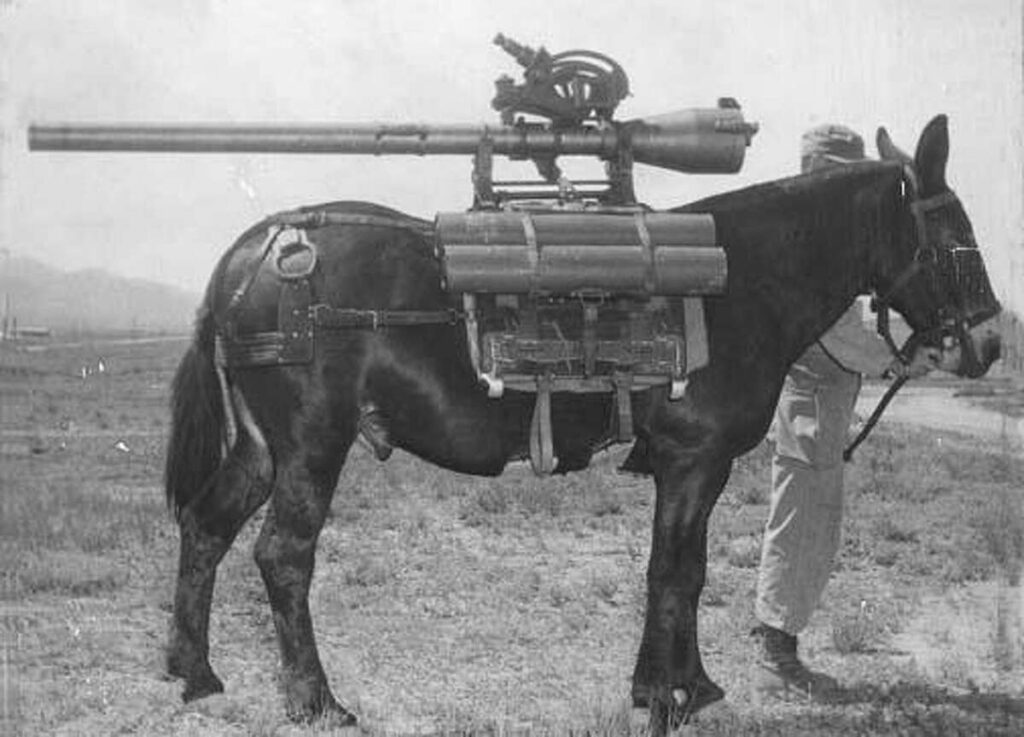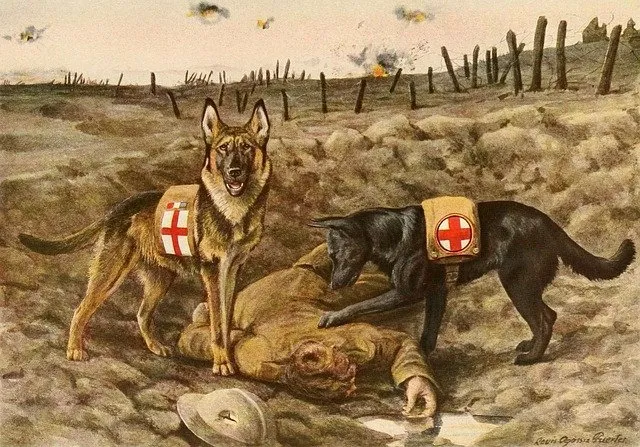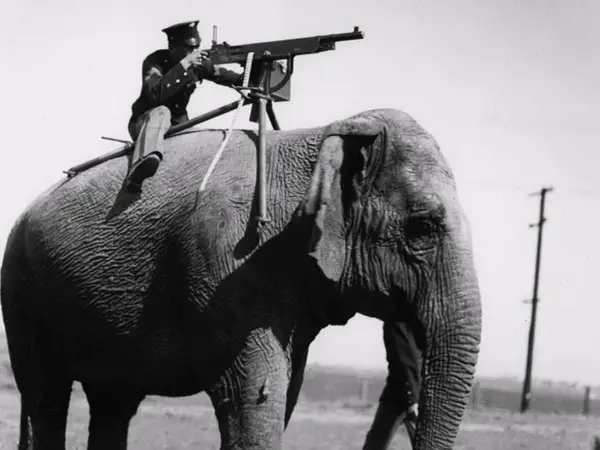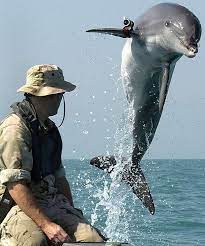Animals in Military Service
ANIMAL RIGHTS - VEGETARIANISM, 26 Jun 2023
The National Humane Education Society – TRANSCEND Media Service
Animals have been used in military service to their country for centuries. Some have served in active combat, including elephants, camels, pigeons, and horses. Others, including pigs, oxen, dogs, mules, horses, and camels, have been used to transport troops and supplies. Not one of these animals enlisted.
Animals have also been used in military research laboratories to test conventional, biological, chemical, and nuclear weapons. They have been subjected to injuries and numerous surgeries to determine the effects of weapon damage on a living body.
War weaponry exists for one reason and one reason only—so that one human can kill another. In the process of developing these weapons and learning how to treat those who are injured by them, we have enlisted a wide variety of animals in the deadly pursuit of a better bullet.
Animals as Test Subjects for War Weapons
Millions of taxpayer dollars are used to fund animal experiments aimed at developing the newest weapons, combating bioterrorism, and studying infectious disease control. Animals of choice are guinea pigs, rabbits, mice, dogs, rats, sheep, pigs, boars, and monkeys. Pigs are particularly popular choices, especially for surgical experimentation.
In the United States, there are dozens of Department of Defense (DoD) laboratories and laboratories contracted by DoD worldwide conducting animal experiments. In DoD facilities alone, 350,000 primates, birds, ferrets, dogs, pigs, goats, sheep, rabbits, cats, mice, marine mammals, and other animals are subjected to an array of lethal experiments. The number of animals subjected to tests in contract facilities is not known.
Animals are use in a wide variety of tests. They are subjected to irradiation, burnings, and bombings. They are used to test chemicals both internally and on their skin. They are subjected to a wide variety of blasts, including nuclear blasts, to see what types of injuries occur; are dosed with irritants and bacterial toxins to see how long it takes them to become ill or die; and are studied for physiological shock due to a variety of concussive wounds. They are subjected to various toxic gases, including nerve and riot gas, and to lasers and high power microwaves. They are used in decompression research. They are strapped into chairs to simulate flight and what happens to them under certain flight situations. Some of the tests are to determine how much blood loss can occur before an animal dies.
Thousands of animals are infected with the Ebola, dengue fever, tick-borne encephalitis, and anthrax, to mention a few. Victims of some of these viruses used in biological warfare hemorrhage internally, become paralyzed, psychotic, and go into terminal shock. Their organs, including their eyeballs, bleed; they vomit.
Some of the animals are anesthetized for these tests, and then when conscious are used again. Many animals are not anesthetized during their experiments. Most are killed either during the experiment or are euthanized later. The majority of animals used in these laboratories are purpose-bred for specific types of testing.
Substitutes for Animals in Research
There is much duplication of tests, tests that don’t extrapolate to human beings and are, therefore, unreliable. For instance, an antidote for a nerve gas might prove effective in rats and mice yet fail when tested on guinea pigs and monkeys. Therefore, test results using nonhuman animals are suspect. Tests done on human tissue and organs are far more likely to provide the results scientists need to protect the human animal from some of these deadly weapons of war.
There are additional nonanimal research and training methods, including the Combat Trauma Patient Simulation system, TraumaMan system, SimMan, and the “living” cadaver model. Advances in medical research now show that animal testing in general is unnecessary and has, in some cases, proved misleading when extrapolating data to human beings. Such advances include, in addition to human tissue and organ use, computer-based models and human volunteer studies.
Animals in Combat
During World War II, dogs had explosives strapped to their bodies. Pigeons were trained to guide bombs and carry messages. Dogs were used to attack horses causing rider and horse to fall. Dogs were also trained to attack elephants who would stampede often killing other elephants and their riders in the process.
Today, military working dogs serve as sentries, trackers, search and rescue dogs, scouts, and mascots. Dogs also have been used to sniff out land mines and booby traps. In more recent times, dogs have been used to intimidate prisoners of war. Today, animal carcasses are used to camouflage roadside incendiary devices.
Because of their sensory and diving abilities, dolphins and sea lions are used for underwater sentry and security duty, mine clearance, and object recovery. They are the equivalent of bomb-sniffing dogs. Sea lions can also detect enemy divers. Dolphins have sophisticated sonar and can find mines and other debris on the ocean floor. Sea lions have excellent low-light vision and underwater directional hearing capabilities. They can maneuver in tight spaces and can go on shore. They both can make repeated deepwater dives without suffering the effects of decompression sickness commonly called “the bends” as humans do.
Effects of War Weaponry on Sea Mammals
Testing of weapons in the ocean can cause injury and death to dolphins and whales whose hearing is extremely sensitive. The sounds of underwater blasts can travel for hundreds of miles. Whales have stranded themselves because of these sonar sounds. In addition, some whales and dolphins have been found to suffer from decompression sickness—bleeding around the brain, ears, and other tissues and large bubbles in their organs—possibly from rapidly changing diving patterns to escape the underwater blasts.
Take Action to Help Animals in War
What can you to do to change what is happening to animals used in war and war research? First, focus on peaceful living in your own life. If you are at “war” with your boss, family, friends, neighbors, you will be adding to rather than reducing strife and conflict in your world. Other humane actions include:
- Write your congressional representatives urging them to support legislation to reduce the number of animals used in government and government contracted laboratories.
- Urge your governmental leaders to wage peace, not war.
- Urge the Department of Defense to use non-animal testing procedures and to stop replicating tests on animals.
___________________________________________________
The National Humane Education Society
Go to Original – allcreatures.org
Tags: Animal Justice, Animal cruelty, Animal rights, Animal slavery, Animals, Circus Animals, Lab Animals, Violence against Animals
DISCLAIMER: The statements, views and opinions expressed in pieces republished here are solely those of the authors and do not necessarily represent those of TMS. In accordance with title 17 U.S.C. section 107, this material is distributed without profit to those who have expressed a prior interest in receiving the included information for research and educational purposes. TMS has no affiliation whatsoever with the originator of this article nor is TMS endorsed or sponsored by the originator. “GO TO ORIGINAL” links are provided as a convenience to our readers and allow for verification of authenticity. However, as originating pages are often updated by their originating host sites, the versions posted may not match the versions our readers view when clicking the “GO TO ORIGINAL” links. This site contains copyrighted material the use of which has not always been specifically authorized by the copyright owner. We are making such material available in our efforts to advance understanding of environmental, political, human rights, economic, democracy, scientific, and social justice issues, etc. We believe this constitutes a ‘fair use’ of any such copyrighted material as provided for in section 107 of the US Copyright Law. In accordance with Title 17 U.S.C. Section 107, the material on this site is distributed without profit to those who have expressed a prior interest in receiving the included information for research and educational purposes. For more information go to: http://www.law.cornell.edu/uscode/17/107.shtml. If you wish to use copyrighted material from this site for purposes of your own that go beyond ‘fair use’, you must obtain permission from the copyright owner.
Read more
Click here to go to the current weekly digest or pick another article:
ANIMAL RIGHTS - VEGETARIANISM:
